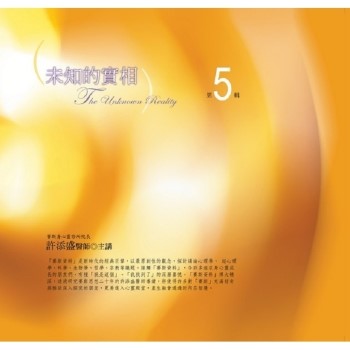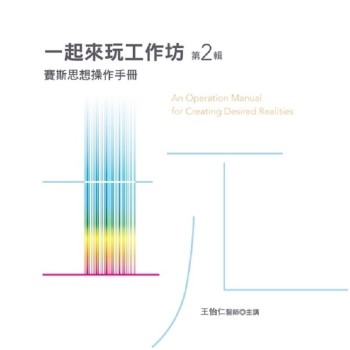This research focused on evaluating the sutability of land for rice farming within the Kabba/Bunu local government area, Nigeria, using an integrated approach that combines the Analytic Hierarchy Process (AHP) within a Geographic Information System (GIS). The selection of key factors such as climate, soil, topography, and land use/land cover (LULC) was guided by the FAO’s guidelines and expert recommendations. Through the integration of GIS-based Multi-Criteria Decision Analysis (MCDA) and the application of AHP for prioritizing these factors, we developed weighted suitability layers, culminating in the creation of a comprehensive map indicating areas optimal for rice cultivation. The land was categorized into five suitability levels: most suitable, more suitable, suitable, less suitable, and not suitable. The findings confirm the efficacy of AHP in conducting such analyses, provided the correct variables are chosen. Notably, approximately 38% of the region, primarily in the south, was identified as moderately suitable for rice cultivation.
| FindBook |
有 1 項符合
Advancing Rice Agriculture in Nigeria through GIS and AHP的圖書 |
 |
Advancing Rice Agriculture in Nigeria through GIS and AHP 作者:Oladimeji 出版社:LAP Lambert Academic Publishing 出版日期:2024-04-02 語言:英文 規格:平裝 / 60頁 / 22.86 x 15.24 x 0.36 cm / 普通級/ 初版 |
| 圖書館借閱 |
| 國家圖書館 | 全國圖書書目資訊網 | 國立公共資訊圖書館 | 電子書服務平台 | MetaCat 跨館整合查詢 |
| 臺北市立圖書館 | 新北市立圖書館 | 基隆市公共圖書館 | 桃園市立圖書館 | 新竹縣公共圖書館 |
| 苗栗縣立圖書館 | 臺中市立圖書館 | 彰化縣公共圖書館 | 南投縣文化局 | 雲林縣公共圖書館 |
| 嘉義縣圖書館 | 臺南市立圖書館 | 高雄市立圖書館 | 屏東縣公共圖書館 | 宜蘭縣公共圖書館 |
| 花蓮縣文化局 | 臺東縣文化處 |
|
|
圖書介紹 - 資料來源:博客來 評分:
圖書名稱:Advancing Rice Agriculture in Nigeria through GIS and AHP
|










